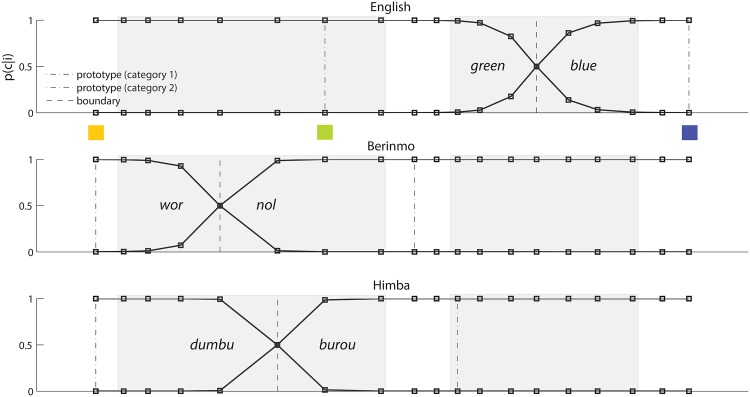Fig 6. Color naming across languages, Study 2.
The English categories green and blue (top panel), the Berinmo categories wor and nol (middle panel), and the Himba categories dumbu and burou (bottom panel), plotted against a spectrum of hues that ranges from dark yellow at the left, through green, to blue at the right. Colored squares mark prototypes: the shared prototype for Berinmo wor and Himba dumbu, and the prototypes for English green and blue; the color of each square approximates the color of the corresponding prototype. For each language, the dotted-and-dashed vertical lines denote the prototypes for the two categories from that language, and the dashed vertical line denotes the empirical boundary between these two categories. Black curves show the probability of assigning a given hue to each of the two native-language categories, according to the category component of a 2-category model fit to each language’s naming data. The shaded regions mark the ranges of colors probed in discrimination tasks; these two regions are centered at the English green-blue boundary and the Berinmo wor-nol boundary. Data are from Roberson et al. (2000) [9] and Roberson et al. (2005) [10].

